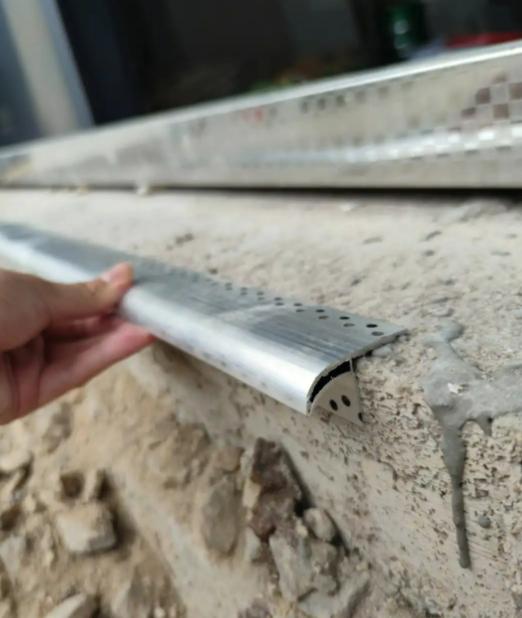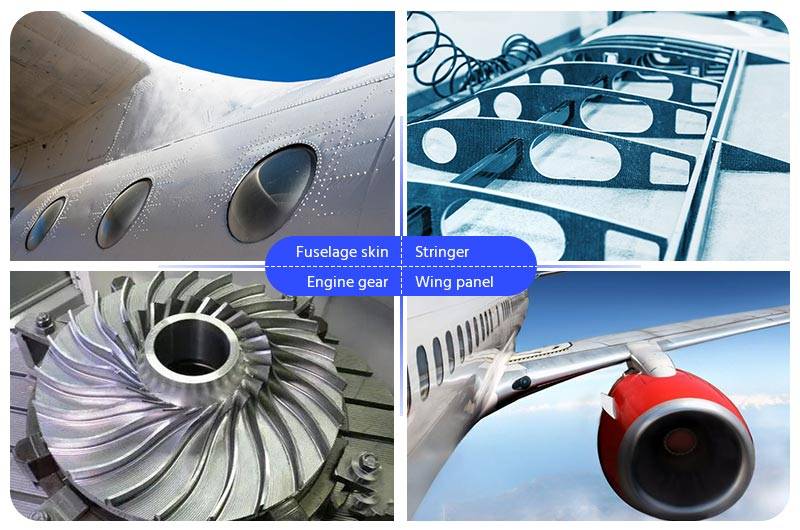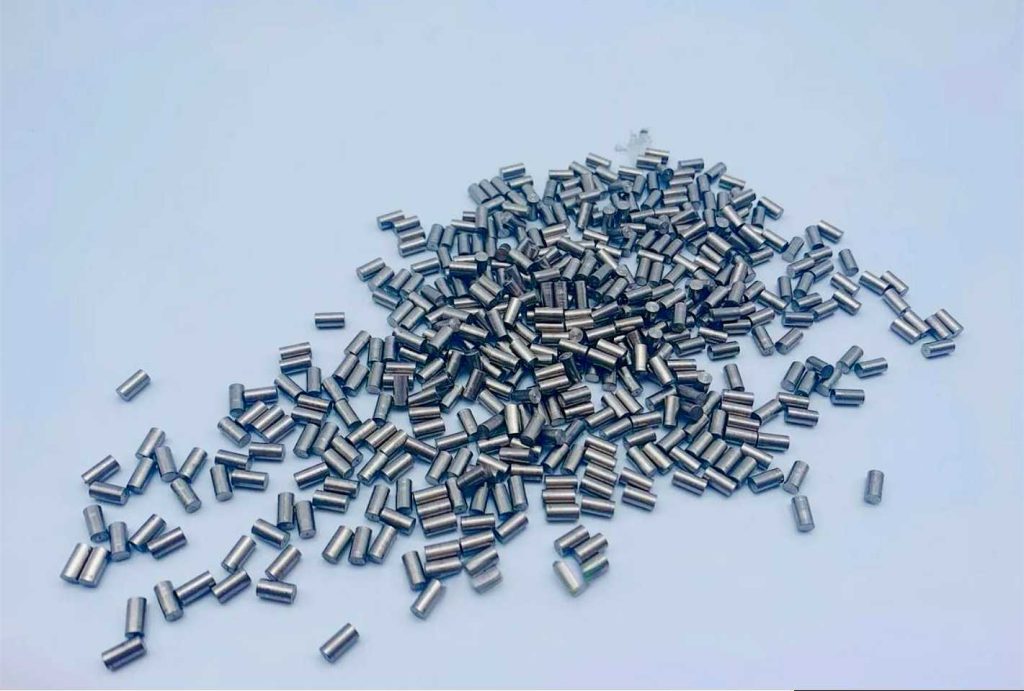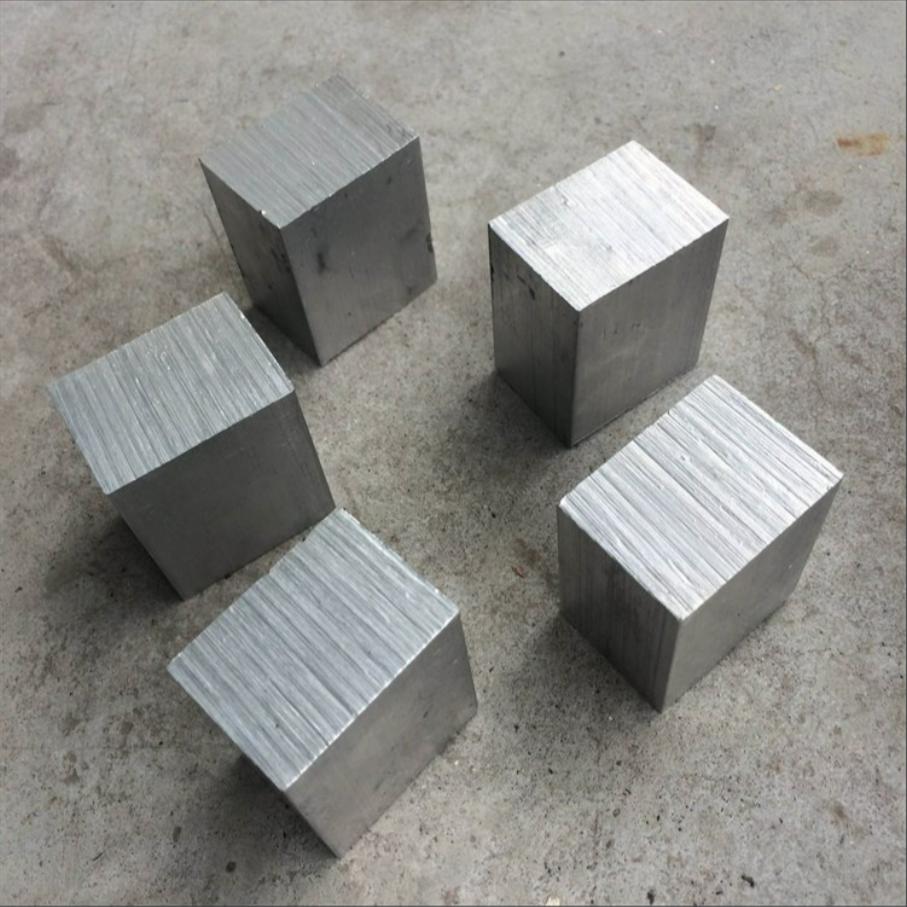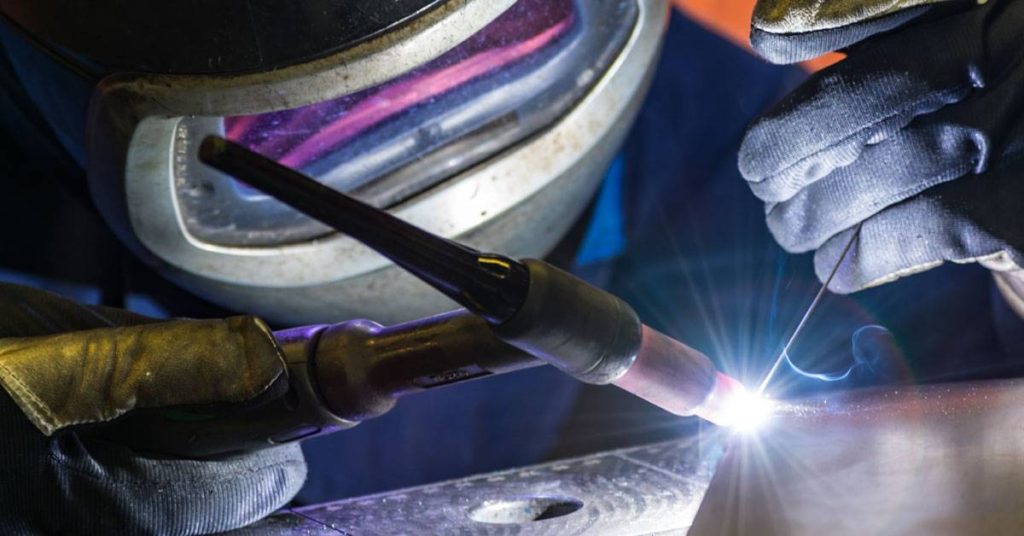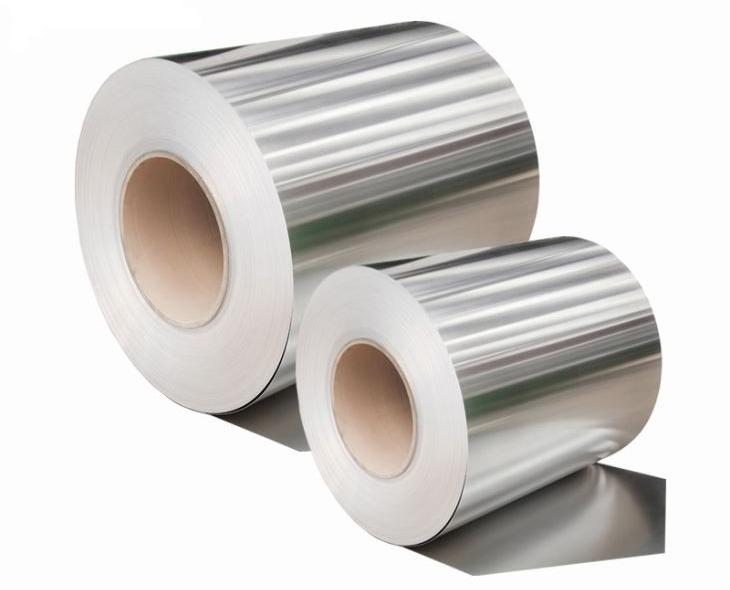Your motorcycle or car’s exhaust system does more than provide a route for exhaust gases to escape; it also impacts the vehicle’s performance, the sound it produces, and the vehicle’s weight. For the enthusiasts carefully modifying their vehicles, selecting exhaust pipe material is one of the most important choices. The material exhaust pipes is made from, which is often overlooked, is important when it comes to the performance, sound, and longevity of the vehicle. In this article, we will analyze the long lasting debate of exhaust pipes made of steel and aluminum. We will look at their properties, performance, and real-world usage to determine which is best for your vehicle.
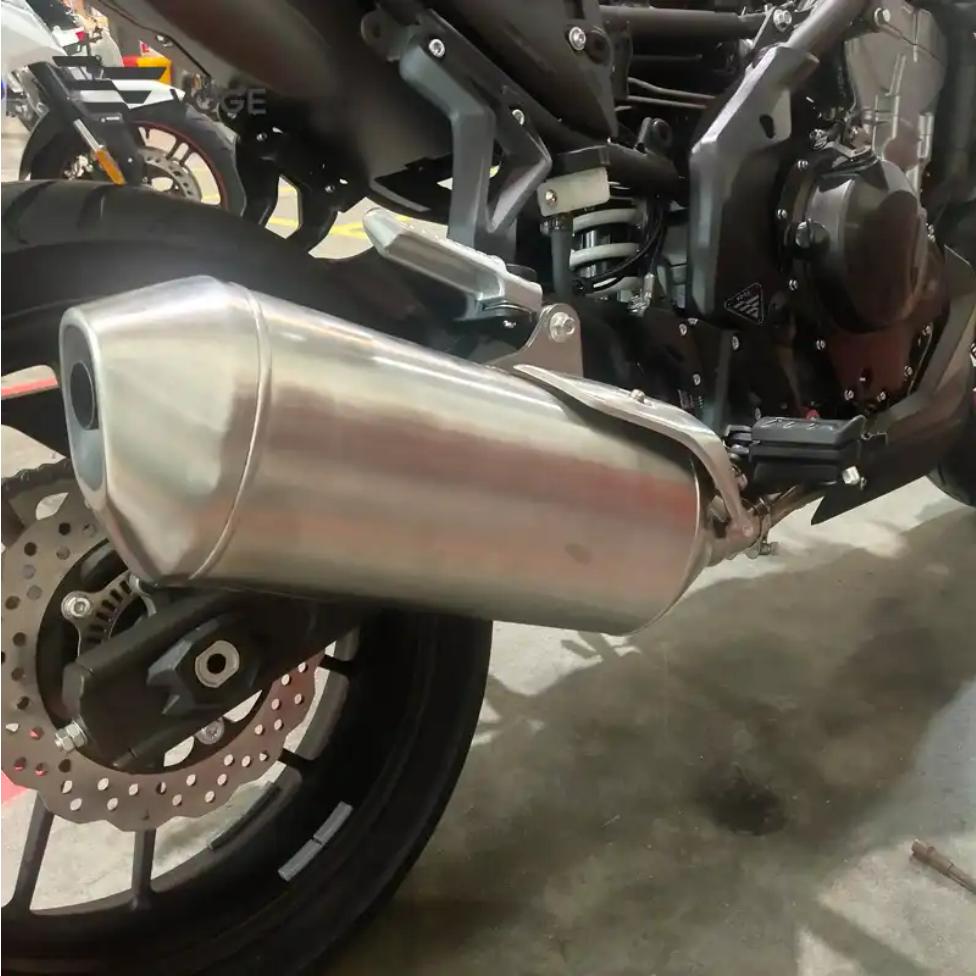
Examining Materials Used in Exhaust Pipes
Since exhaust systems require pipes as the fundamental components, the material specifications play a significant role in determining their traits. As a rule, exhaust pipes are produced from enormous coils or pieces of raw metal, either in the shape of sheets or tubes. A material commonly used is 304 stainless steel or 6061 aluminum. As many options as there are, the exhaust pipes market has been characteristically dominated by stainless steel. In the automotive aftermarket industry, aluminum emerged as a more appealing option. Other materials used in exhaust pipes will be discussed in detail.
Steel Exhaust Systems (The Established King)
Steel has been a material staple in the industry for decades. Steel has always been appreciated in an exhaust system for its strength. A myriad of steel alloys exists and exhaust system manufacturers usually opt for one depending on the characteristics that they seek.
Mild Steel: This is the cheapest and least sophisticated steel used in exhaust systems. You are likely to find this steel in OEM exhaust systems on older vehicles and aftermarket systems offered on visa budget vehicles.
Stainless Steel: It is a more durable choice that withstands corrosion exceptionally well, owing to its chromium content, which forms a protective layer over the surface. Within stainless steel, two grades are most relevant for exhaust systems:
- 304 Stainless Exhaust Pipe: This is the workhorse of the aftermarket performance exhaust industry. It is not the most resistant to corrosion, but is strengthens the balance of corrosion resistance, strength, and workability.
- 316 Stainless Exhaust Tubing: This is a premium grade of stainless steel, often referred to as “marine grade” due to its superior corrosion resistnace, particularly against chlorides like salt. It achieves this by adding molybdenum.
Aluminum Exhaust Systems (The Lightweight Challenger)
The use of aluminum exhaust pipe construction is gaining traction in oxygen-enriched environments, as the competitive performance of vehicles is of utmost priority in such circumstances, so much so that every ounce matters.
Aluminum as a material provides a significant competitive advantage in terms of handling a vehicle as it gives a lightweight and durable construction solution, which gives a competitive edge. Moreover, it is ideal for vehicles in humid environments as it does not rust or oxidize. Although not as strong as steel, aluminum effectively compensates in terms of ease of installation and better heat dissipation.
As a general rule, aluminum provides a better weight-to-strength ration compared to steel which provides a stronger material cost-effective option. It is important to note that tail pipe performance is affected, so it is critical to understand the base features in order to estimate driving performance.
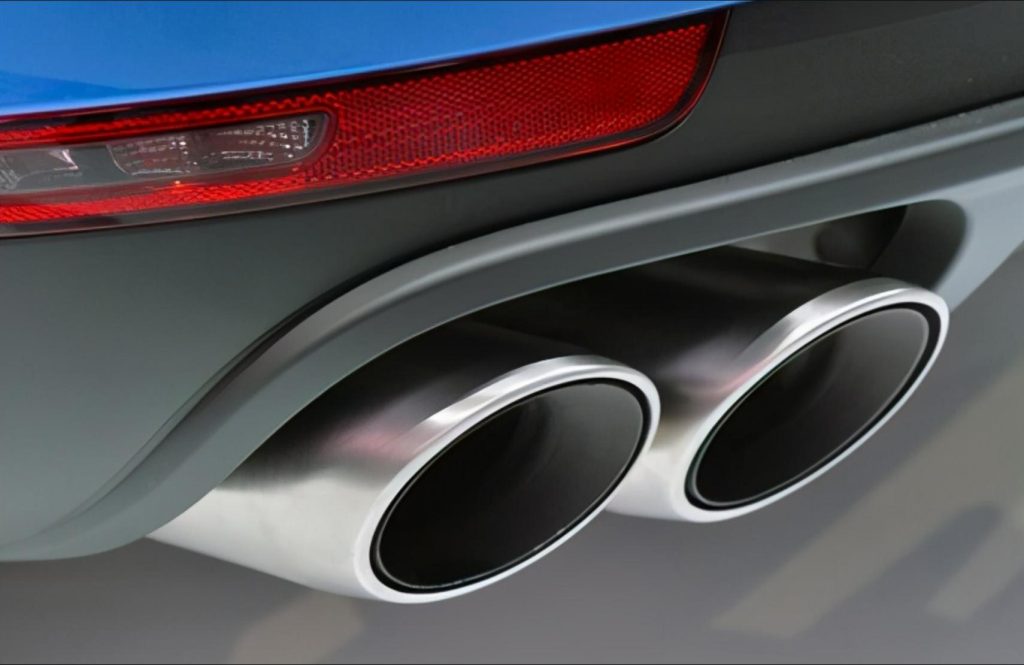
Performance Comparison
When evaluating exhaust pipe materials, “performance” encompasses more than just horsepower; it includes factors like handling, longevity, sound, and thermal management. Here’s how aluminum and steel stack up.
| Feature | Mild Steel | 304 Stainless Steel | 316 Stainless Steel | Aluminum (e.g., 6061) |
| Weight | Heaviest | Heavy | Heavy (slightly denser than 304) | Lightest (50-70% lighter than stainless) |
| Corrosion Resistance | Poor (Rots quickly) | Excellent (Good against most elements) | Superior (Best, especially against chlorides) | Excellent (Forms protective oxide layer) |
| Strength / Rigidity | Good | Excellent | Excellent (Slightly harder) | Fair (More prone to denting / crushing) |
| Heat Dissipation | Moderate | Moderate | Moderate | Excellent (Dissipates heat quickly) |
| Sound Character | Generally deeper due to density | Generally rich, resonant | Similar to 304, slightly richer | Can be sharper, “tinnier” due to lower density |
| Cost (Material & Fab) | Lowest | Mid-range | Highest for steel | Mid-high (raw material cheaper, fabrication higher) |
| Workability | Easiest (welding, bending) | Good (TIG welding, mandrel bending) | Harder (TIG welding, requires more power) | Hardest (Specialized TIG welding) |
Considering these performance metrics, the choice becomes clearer based on individual priorities. While aluminum excels in weight reduction and heat dissipation, stainless steel offers a robust balance of durability, cost, and conventional fabrication.
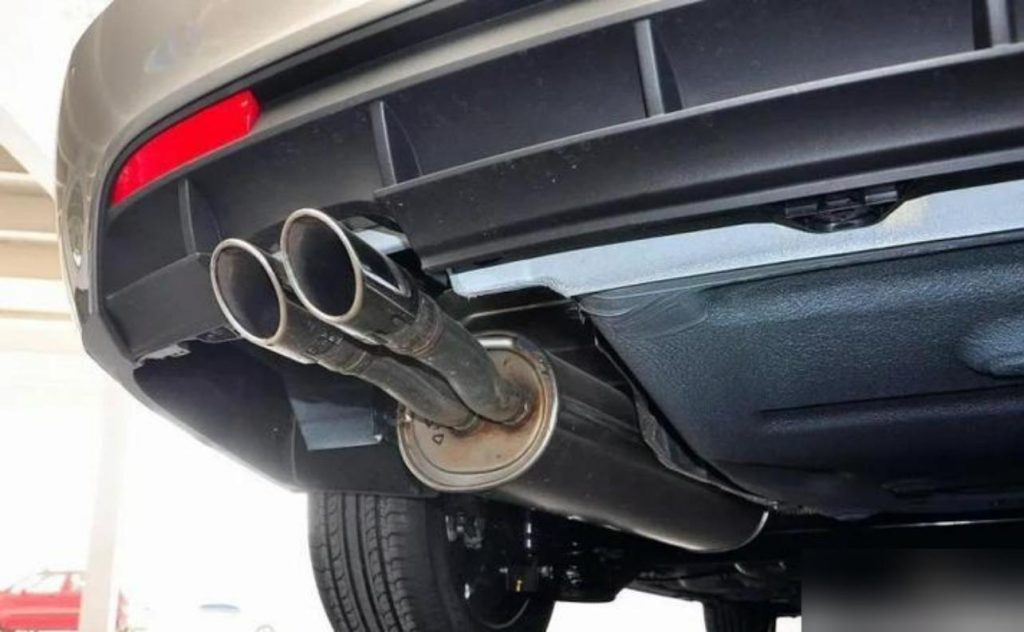
Real-World Applications: Who Benefits Most?
The optimum exhaust pipe material is contextually dependent, as it changes with the intended use of the vehicle and the priorities of the owner. Let us examine typical uses for automobiles and motorcycles.
Car Exhaust Pipe Material
The “best exhaust pipe material” for a car is contingent on the car’s exhaust pipe purpose:
Track Cars & Dedicated Race Vehicles: Aluminum exhaust pipe is often the best option for these applications. For these vehicles, every pound of weight reduction is a significant steering, braking, and acceleration advantage. Teams are often willing to pay more for delicate parts and aluminum exhaust systems, as the increased cost is justified in lap time savings. For example, a professional racing team might use a full aluminum system to reduce weight by 25-30 pounds, which offers substantial on-track performance improvement.
High-Performance Street Cars (Sport Compacts, Muscle Cars, Exotics): Where performance and refinement are concerned, 304 stainless exhaust pipe is the reigning champion. It offers excellent corrosion resistance for daily driving, preserves under aggressive driving, and provides the right exhaust note. While aluminum could offer weight savings, the cost, chance of road damage, need for specialized repair, and fragile nature of the material makes it impractical for most street applications. Many premium aftermarket exhaust manufacturers like Borla and MagnaFlow (or Akrapovič for their stainless offerings) utilize 304 stainless for this segment.
Daily Drivers & Commuters: For the average commuter, the factory fitted mild steel exhaust system is adequate for some time until it rusts. When replacement is needed, 304 stainless exhaust pipes offer a massive durability enhancement for a reasonable cost, and, in many cases, the system outlasts the vehicle. The question, ‘what are car exhaust pipes made of’, is commonly answered with mild steel for OEM, and 304 stainless for aftermarket alternatives.
Off-Road Vehicles & Trucks: For these vehicles, durability is the foremost concern. 304 or 316 stainless exhaust tubing is favored because they are stronger and more resistant to impacts, scrapes, and exhaust as well as environmental mud, water, and salt. Aluminum may offer weight advantages; however, the material’s preference for soft, physical damage makes it unfit for aggressive off-roading.
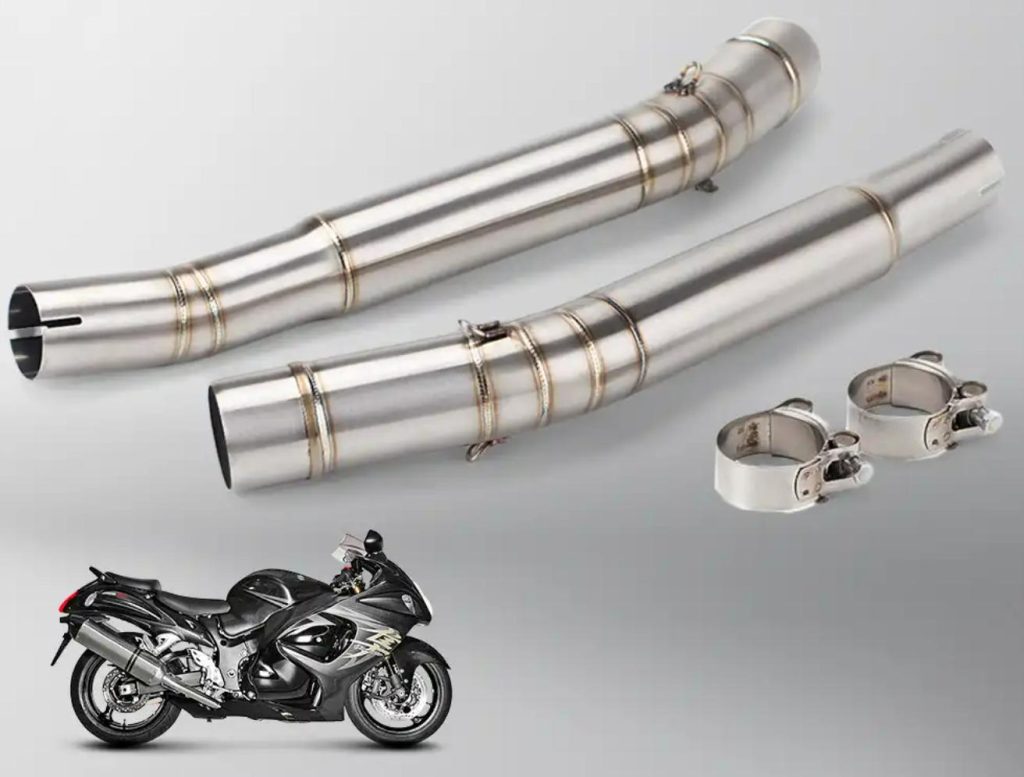
Motorcycle Exhaust Pipe Materials
There are some unique considerations because of the exposed nature of the motorcycle exhausts. However, most of these considerations take into account what is done for cars.
Sport Bikes & Track Motorcycles: Sport bikes, like track cars, have a distinct need for reduced unsprung weight, which makes aluminum exhaust pipe systems highly desirable. These exhausts are aluminum, which is able to substantially reduce the weight of the bike. Moreover, aluminum exhaust systems can lower the weight of some bikes by five to ten pounds, which leads to a reduced overall weight, improving flickability and acceleration. This section also sees a lot of use of titanium since it is an ultra-lightweight and a popular premium option.
Cruisers & Touring Motorcycles: These bikes are more comfort and durability focused, and thus 304 stainless is the ideal option. The riders of these bikes also value the classic aesthetic which is also offered by the stainless. The added weight of stainless is of no concern as the bikes are outperforming the more nimble machines. Cruisers and Touring Motorcycles ride long distances and thus need a material that is weather resistant, and resistant to the grime of the roads, while also sounding evoking.
Off-Road & Adventure Motorcycles: When it comes to impact resistance and durability, off-road or adventure motorcycles require specific stainless steel grades like 304 or 316 for exhaust tubing to withstand crashes, rock strikes, and river crossings. Aluminum, while lighter, wickered vended exhaust tubing is easily damaged and cannot hold up to the weight of rugged environments encountered in adventure motorcycles.
In conclusion, rot aluminum is advantageous in competitive contexts where extreme weight reduction is the goal. 304 stainless steel exhaust tubing is the motorcycle of choice for most enthusiasts who seek affordability and durability.
Suggestions: No Single “Best,” Only the Right Fit
The discussion of exhaust systems on vehicles is arguably the most strenuous debate in tuning circles, which boils down specifically to the metal choice: aluminum or steel. The problem of choice stems not from a lack of consensus on which metal possesses superior qualities, but rather the rich ecosystem of subcultures comprising the automobile and motorcycle enthusiast community. The exhaust systems of vehicles made from either of the two metals will have varying advantages for differing needs.
In the hypothetical situation, if the two metals were to be analyzed based on the sheer ounce shedding advantages an aluminum exhaust pipe would bring, the benefits utilized for acceleration, braking, and improving track handling would arguably make aluminum the best choice.
The debate does not take into consideration the needs of most vehicle enthusiasts, which starts with a mix-and-match exhaust system made with stainless steel for street driving, track days, or even light off-road adventures. For most automobile enthusiasts, the balance between corrosion resistance, durability, sound quality, and price makes the 304 stainless exhaust pipe the go-to choice. For the extreme endurance enthusiasts around specific harsh environments demanding a shield from corrosion, the 316 stainless exhaust tubing provides unrivaled defense.
Ultimately, “best material for exhaust pipe” depends on your budget, performance goals, ergonomics, and preferences. Determine your goals for performance and trade-offs and chance materials that will improve your driving or riding experience for years to come.

